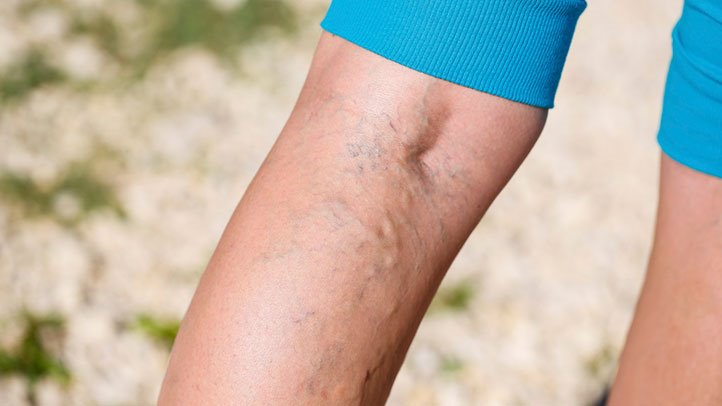
Varicose veins are large, swollen blood vessels that appear twisted and bulging on the skin’s surface. These usually occur in the legs or other body parts where your circulation is poor or when you are waiting for long periods on end.
According to reports, approximately 23 percent of US adults have varicose veins. Varicose vein treatments are needed when there’s pain associated with it. Some patients have reported that varicose veins cause aching and burning sensations in the legs.
The following article will explain what varicose veins are, how to diagnose them, and what you can do to prevent the pain associated with them.
Why do Varicose Veins Occur?
Varicose veins usually occur when there is a problem in the valves of veins in your legs. These valves help keep blood moving in one direction from your heart towards your feet.
When the valves become weak, blood can flow backward or in a different direction to cause them to swell and bulge. The pooling of blood causes varicose veins, making it difficult for you to walk properly because of the discomfort that comes with it.
Varicose veins happen mainly after pregnancy, obesity, prolonged periods of standing, heredity, and aging. Some medications also cause varicose veins, including estrogen therapy, contraceptives, high doses of Vitamin A, steroids, blood thinners, and conditions that affect your heart function or lungs.
What are the Symptoms?
Varicose veins usually become visible when you take off your shoes or boots. Here are the symptoms you must not ignore:
- Irritating pain in your legs when standing for an extended period of walking.
- An uncomfortable feeling in your legs when you sleep at night wakes you up.
- Swelling, cramping, and restlessness in one or both of your legs, particularly after long periods of sitting.
- Skin changes or color changes in your legs that do not go away.
- Skin ulcers, sores, and infections on your legs. These usually happen when you have to take off your boots or shoes for an extended period.
- Varicose veins with a blue, red, or dark coloration.
- Throbbing, tingling, and crawling sensation in your legs.
If the above methods do not help, you may need to consult a vein specialist in Dallas for more advanced treatments. A vein specialist can provide you with more options and specialized care for your specific condition.
How To Manage Varicose Veins?
There are several varicose vein treatments. You should consult your doctor first before you make any changes because the following therapies are not for everybody.
However, these are safe and effective ways to get rid of varicose veins without resorting to surgery.
- Get off your feet quickly. If you have a standing or sitting job, take short breaks to stretch your legs.
- Make sure you exercise regularly because it will help increase the blood flow in your legs and prevent varicose veins from worsening or getting worse.
- You can also use creams and gels that are available over-the-counter.
- Watch your weight if you are obese because it will put extra pressure on the veins in your legs. It is not a guarantee, but it effectively prevents varicose veins.
- Avoid standing for long periods, especially when wearing heels, because it can cause varicose veins to show up.
- You can also use compression stockings or support hose to prevent varicose veins from appearing and prevent blood pooling in your legs.
- Special exercises can also help improve veins and rid you of varicose veins with no pain.
Treatments With Surgery
If varicose veins are severe and there is a greater risk of getting worse with time, you may need to resort to surgery. You can check The Secret Vein Clinic for a range of effective solutions to help you get rid of varicose veins. Several treatments available include:
- Surgery to remove or repair damaged valves in your leg veins that cause varicose veins to appear and bulge out.
- Laser treatment where lasers shrink varicose veins through heat.
- Surgery to put a band around the vein to cut blood flow. It is called endovenous thermal ablation. It is done by inserting a tiny lens into your leg, and it emits heat so that the vein will get sealed off permanently.
- Injection therapy, injections are given to numb the veins or make them shrink.
- Sclerotherapy, where irritating chemicals are injected into the damaged veins so they can shrivel up and close off permanently.
- Other treatments include radiofrequency ablation, foam sclerotherapy, or microphlebectomy. You can ask your doctor about these surgical procedures to know what method is best for you.
Varicose veins can be a source of anxiety for a lot of people. However, there are many ways to treat it and even prevent it from worsening or getting worse. You can learn to take care of your legs better, not to have to worry about varicose veins ever again.
It is essential to consult a local doctor before making any changes because some treatments are not for everybody. You will need to learn how to take care of yourself better to avoid varicose veins altogether.


















Follow Us